Nurse sharks are widely known as some of the more docile, slow moving, and “lazy” shark species. This species lives throughout shallow coastlines in the tropics and subtropics of the Atlantic and eastern Pacific Oceans.
They are bottom dwelling sharks, and spend much of their time cruising along the sea floor and resting in rock crevices. Their closest relatives are zebra sharks, bamboo sharks, wobbegongs, and, surprisingly, whale sharks. Read on to learn about the nurse shark.
Description of the Nurse Shark
Nurse sharks have long, flattened bodies with rounded snouts. At the end of their snout, next to their nostrils, they have two short “whiskers” that are similar to those of catfish.
Inside of their mouths, they have many rows of short, sharp teeth. Their heads and snouts are so blunt that they almost appear square-shaped. Their skin is brown colored, and their underbellies are cream or white.
Interesting Facts About the Nurse Shark
Lovingly called the “couch potato of the sea,” nurse sharks are undeniably laid-back creatures. With that said, that doesn’t mean they cannot defend themselves! Learn more about these sharks below.
- Shark Bites – Despite their docile nature, nurse sharks actually rank fourth in shark bites recorded on humans. This is because divers are much more likely to harass or otherwise interfere with them. When undisturbed, nurse sharks do not bite humans.
- Breathe Deep – For most shark species, sinking to the bottom and not moving spells certain death. Most species of shark most continue swimming to press the water through their gills and receive oxygen. Nurse sharks, however, can pump water through their gills while sitting still, allowing them to rest on the bottom.
- Stagnant Swimmers – When you can rest in place, obviously you will, but nurse sharks also swim very slowly too! Their cruising speed is usually only 1.5 miles per hour. Don’t let that fool you – when they want to, this species can swim up to 25 mph in short bursts.
- Whale of a Tail – While their tails aren’t nearly as long as thresher sharks’ tails, they do have relatively long tails in comparison to their body size. Adult nurse sharks can sport a 2 – 3 ft. long tail, which can equate to a fourth of their total length!
Habitat of the Nurse Shark
This species of shark prefers living in warm, shallow waters that are close to the coastline. Their favorite habitats are coral reefs, mangroves, seagrass beds, rocky crevices, and ledges, and more.
They live along the bottom, and will use natural protections, like caves and crevices, to hide during the day. The younger animals take shelter from predators in shallower habitats, while larger adults move to deeper waters to rest.
Distribution of the Nurse Shark
This species of shark lives only in warm waters close to the coast. They live in the Atlantic Ocean, and the eastern Pacific Ocean. In the Atlantic Ocean they reside off the coast of eastern Africa, and from the northern United States to South America. In the Pacific Ocean they range from the southern tip of California into South America.
Diet of the Nurse Shark
Like many shark species, nurse sharks are opportunistic feeders. They are not particularly picky, and will hunt just about any food that they can catch. However, their mouths are quite small, so this obviously limits what they can chow down on!
The design of this shark’s mouth is perfect for sucking small animals out of the sandy sediment, and crushing the shells of crabs and clams. Common prey includes small fish, crustaceans, stingrays, and mollusks.
Nurse Shark and Human Interaction
Because they live in shallow waters, and occupy habitats that humans commonly utilize, nurse sharks and humans cross paths frequently. Thankfully, these sharks are very docile creatures, which would prefer to swim deeper into the reef and take a nap. They will bite if provoked, and you should never handle or molest them in any way.
Sadly for nurse sharks, they are yet another species targeted by fisheries for their fins, skin, and meat. The amount of damage this does varies by region. To date, researchers have not collected enough data on the total population to properly assess their conservation status. Researchers do know that the populations off the coast of the United States are healthy, but those in the Caribbean and off the coast of South America are declining.
Domestication
Humans have not domesticated nurse sharks in any way.
Does the Nurse Shark Make a Good Pet
No, these sharks do not make good pets. Home aquariums are much too small to support them as they grow into adulthood. While they can be quite successful in zoos and large aquariums, it is simply too costly to provide them with proper care in a home environment.
Nurse Shark Care
In zoos and aquariums, nurse sharks generally thrive. They are quite sedentary, so a good-sized aquarium generally doesn’t have to worry about them running into the sides of the tank. However, it is important for the aquarium to provide a variety of hiding places for the sharks to sleep.
As surprising as it may be, these sharks are social, and aquariums should house them with several other nurse sharks. Usually, they will readily eat fish, squid, and crustaceans.
Behavior of the Nurse Shark
These predators prefer to hunt at night, and sleep during the day. They are social animals, and while they do not hunt in groups, they do rest in groups. When they have plenty of food, they will continue to hunt and sleep in the same reef or habitat for most of their lives. They roam through shallow waters searching for food at night, and all return to the cave or rock crevice at night to sleep in a large pile.
Reproduction of the Nurse Shark
This species is ovoviviparous, which means that they retain their eggs within their bodies to incubate them. After a gestation period of 6 months, the sharks give “live birth” when the eggs hatch. Female nurse sharks can produce anywhere from 21 – 29 pups per litter.
These pups are fully independent at birth, and look like miniature versions of their mother. Female nurse sharks will only breed once every two years.

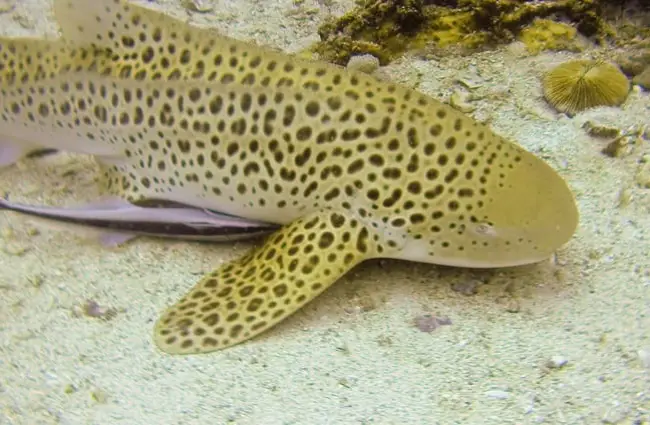
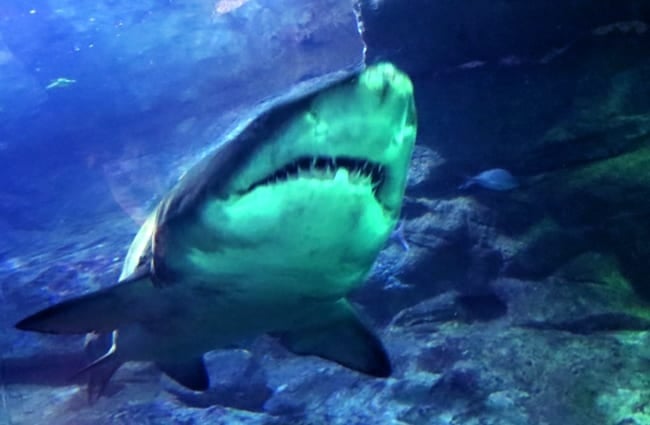

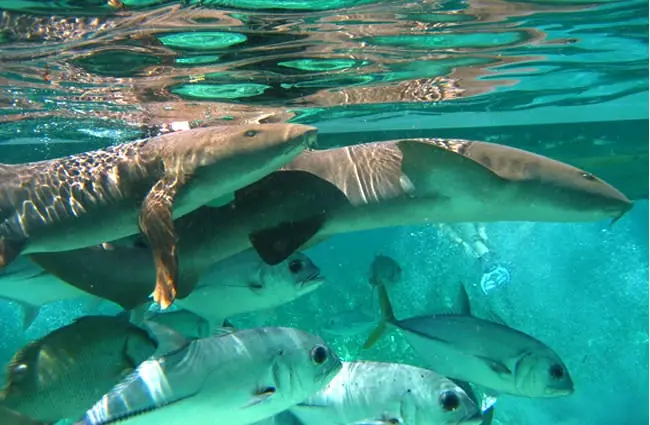
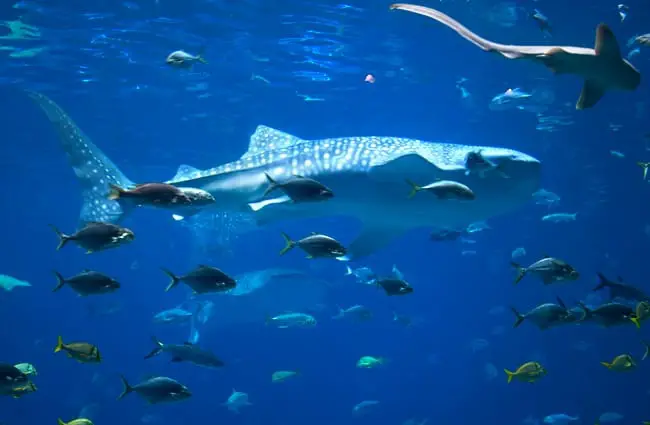



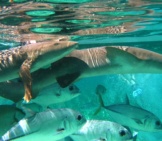

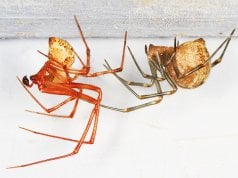
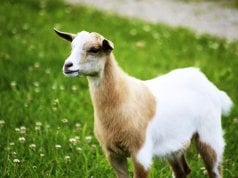











![Red Angus Closeup of a beautiful Red Angus cowPhoto by: U.S. Department of Agriculture [pubic domain]https://creativecommons.org/licenses/by/2.0/](https://animals.net/wp-content/uploads/2020/03/Red-Angus-4-100x75.jpg)

